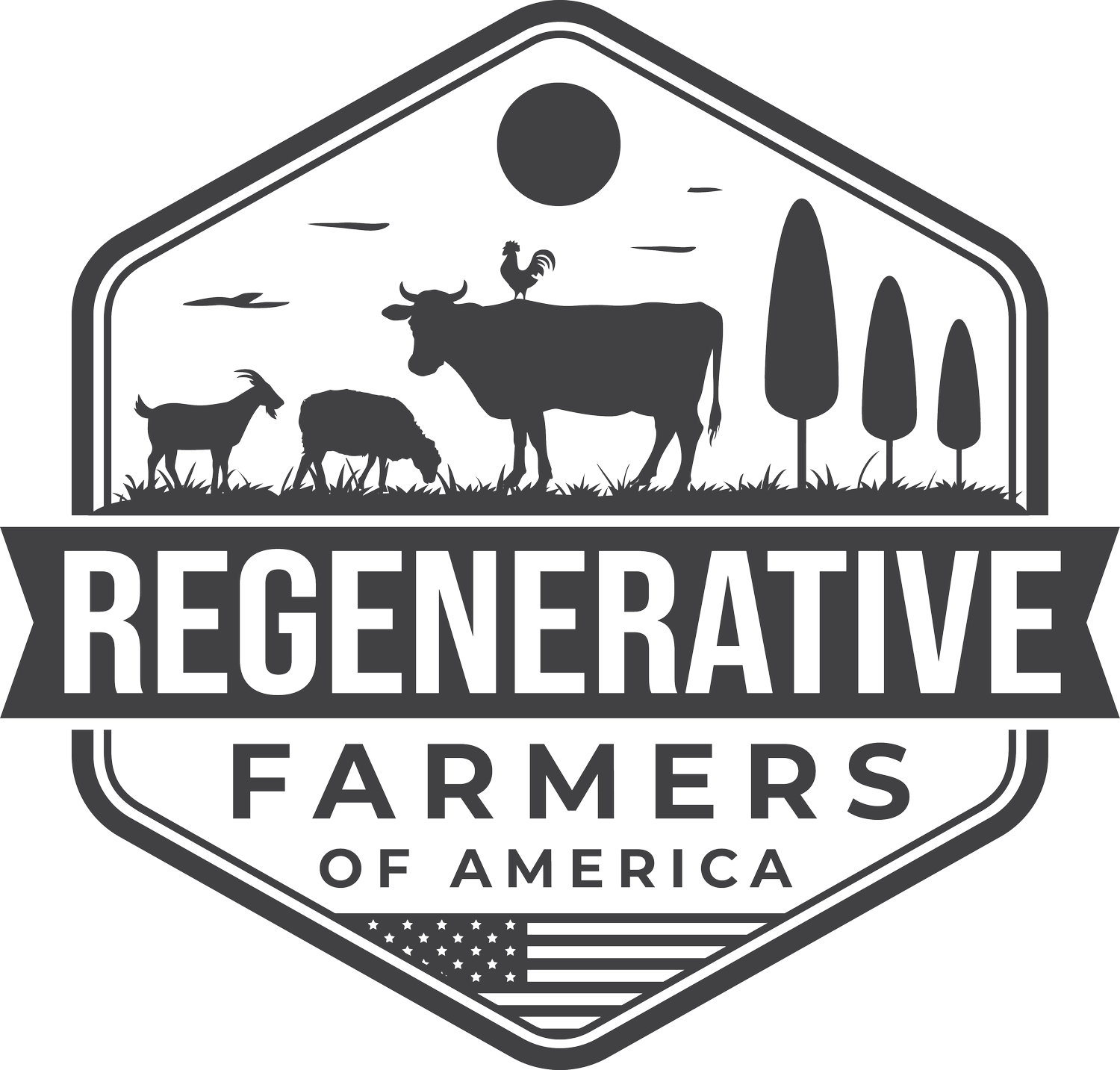
Silvopasture
What is Silvopasture?
“Silvopasture (Latin, silva forest) is the practice of integrating trees, forage, and the grazing of domesticated animals in a mutually beneficial way. It utilizes the principles of managed grazing, and it is one of several distinct forms of agroforestry.”
Benefits of Silvopasture:
Diversified income for farmers of livestock and timber, fruits, nuts, forage, etc
Reduced need for nitrogen fertilization in grass/legume silvopasture
Recycled nutrients from animal wastes benefit forage and tree growth
Delayed forage maturity in the fall and earlier green-up in the spring
Improved cover and forage for wildlife
Agroforestry & silvo systems can be more productive than conventional pasture. There are a number of reasons for this, but a key reason is that if animals spend less energy keeping warm, dry or cool, they can spend more energy producing milk, meat, or eggs.
Trees can provide browsing for livestock. Tree forage tends to have higher micronutrients and tannins than grasses, which benefit health and can reduce parasite burdens. Trees will also continue to supply food in very hot dry conditions when grass stops growing. In very wet conditions, using trees to dry out areas of high-risk land can help reduce the incidence of diseases like foot rot and fluke.
Agroforestry can improve the quality of water that ends up in our rivers. Numerous studies have shown the potential of trees to help absorb suspended solids in water as well as nitrogen and phosphorus run-off. In addition to limiting the severity of flooding.
Silvo & Agroforesty systems allow natural wildlife integration and habitats for wildlife and pollinators.
One could spend a whole lifetime or career on trees but for your farm, think of what your goals are. Are you trying to prevent erosion? Are you trying to provide shade for your livestock or forage? Answering these questions will help you narrow down what types of trees and bushes will be ideal for your system.
Silvopasture vs. Traditional Grazing: A Comparison
Silvopasture and traditional grazing are two different approaches to livestock production that have distinct advantages and disadvantages. Here's a closer look at how the two compare:
Grazing Area: Traditional grazing typically involves allowing livestock to graze in open fields or pastures, while silvopasture incorporates trees and shrubs into the grazing area. This means that silvopasture has a more diverse habitat, providing additional benefits to both the animals and the environment.
Forage Quality: In traditional grazing, the quality and availability of forage can vary depending on the weather and season. In silvopasture, the presence of trees and shrubs can provide a more consistent supply of high-quality forage, even during droughts or other weather extremes.
Animal Health: Traditional grazing may expose animals to harsh weather conditions, predators, and diseases. Silvopasture provides more opportunities for shade, shelter, and natural barriers against predators, resulting in healthier and more comfortable animals.
Soil Quality: Traditional grazing can lead to soil erosion, compaction, and loss of nutrients. Silvopasture, on the other hand, can improve soil quality over time by adding organic matter and promoting healthy soil microorganisms.
Environmental Impact: Traditional grazing can have negative environmental impacts, including soil degradation, water pollution, and greenhouse gas emissions. Silvopasture, however, can help mitigate these impacts by reducing soil erosion, improving water quality, and sequestering carbon in trees and soil.
Overall, while traditional grazing has been a common practice for centuries, silvopasture offers a more sustainable and environmentally friendly approach to livestock production. By incorporating trees and shrubs into the grazing area, silvopasture can provide a more diverse and resilient ecosystem that benefits both animals and the environment.
Other considerations for Silvopasture
It’s important to consider what animals will be used in your silvopasture area and in what stages. Most types of livestock will eat small, starter trees or hooves can cause damage to young roots so initial plantings will need to be protected. This is where having a temporary rotational electric fencing system is ideal because you just fence out the young trees until they can withstand livestock pressure. Also take into account the size the trees will eventually grow to. It can be tempting to plant very close together for more shade in the early years but when they grow large you will either have to thin some of the trees or address the issue later. This also can be a benefit if growing timber trees that you have some to partially harvest while others grow larger.
For people converting woodland to silvopasture, animals can be extremely beneficial in this process. Many people will take goats or pigs and place them in a wooded area for longer than they would usually stay in pasture. The livestock will overgraze the bushes, small trees, and start to clear the forest floor. This allows established trees more resources and less competition. Depending on the density of the woods, other trees will probably have to be thinned to sufficient sunlight to reach the ground and allow grasses to grow. Rule of thumb, is approximately 50% visible sky when looking up into the main canopy is ideal.
Grasses will naturally grow back with sunlight exposure and time but if you want to speed up the process, seeding can be done to establish desired species. Note that grasses will struggle to grow under dense leaf litter so if animals have not cleared the leaf litter, it will need to be thinned or addressed.






